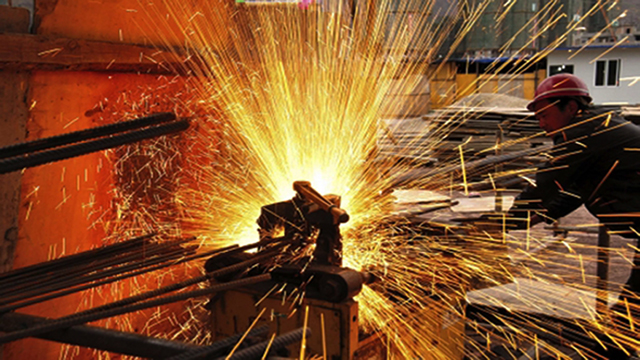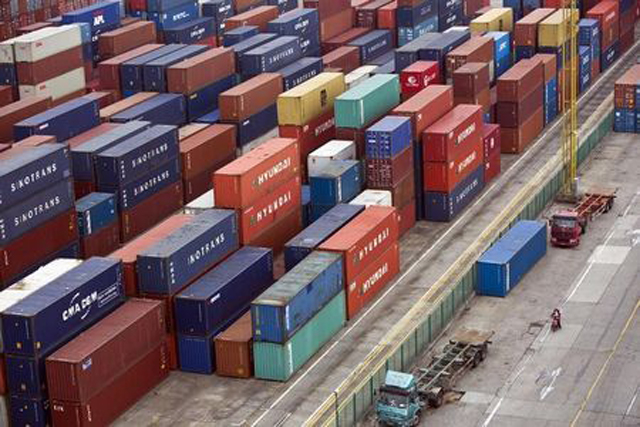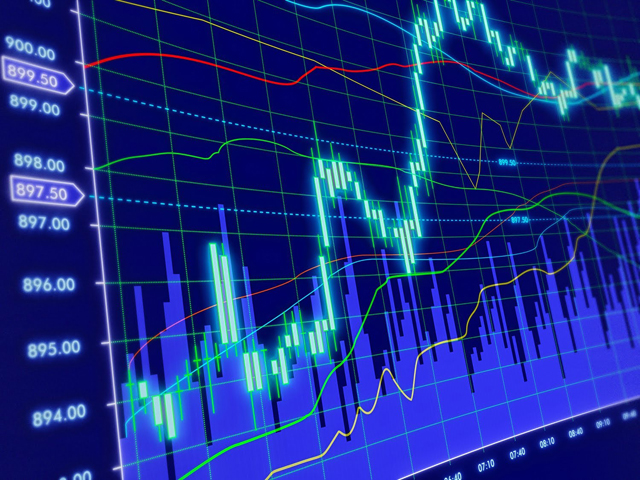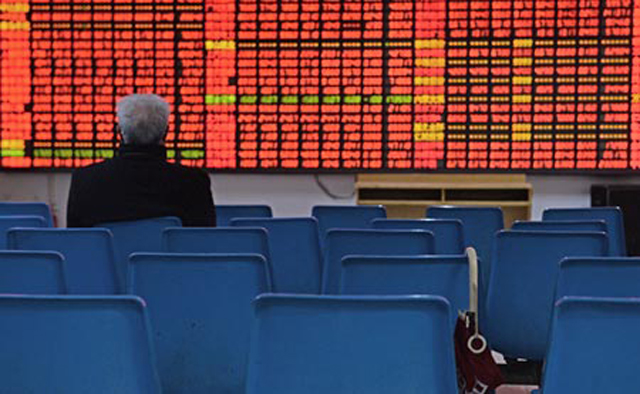Contact us
Company£ºSHENZHEN PENGLAI Industrial Corporation Limited
Factory Address£º B406,third floor,Dongmanjidi ,Yijing Road,Luohu district,Shenzhen City, China
OFFICE ADDRESS£º Block A2, First floor,Chaolian Building,838# by 105 National Road,Panyu District,Guangzhou City,China
Contact£ºJack Du
Cel£º +86-15811882441
+86-13077872898
Phone£º +86-20-84206097
+86-755-25423447
Fax£º+86-755¡ª25417648
Email£ºjackdu999@yahoo.com
Skype£ºturnanewleaf
Website£º www.penglaichina.com
A key measure of China’s manufacturing output edged up slightly in February but remained in negative territory amid continued weakness in the world’s second-largest economy.
The release Sunday of China’s official manufacturing purchasing managers index follows an announced cut of 0.25 percentage points late Saturday in the benchmark one-year lending rate by the People’s Bank of China, the second reduction in the past four months. This latest effort to boost growth comes as domestic demand, exports and the housing sector continue to struggle.
“The economy is limping along,” said ING economist Tim Condon, who added that in coming months, he expects more cuts in interest rates and the amount of capital that financial institutions must keep in reserve with the central bank. “We’ll see how fast it’s able to grow without much exports,” Mr. Condon added.
February’s PMI, a gauge of nationwide manufacturing activity, rose slightly to 49.9 from 49.8 in January, according to a statement by the China Federation of Logistics and Purchasing, which releases the data with the National Bureau of Statistics. This was just above the median forecast by a Wall Street Journal poll of eight economists.
A PMI reading above 50 indicates an expansion in factory output while a reading below that indicates contraction.
The February subindex measuring new orders rose to 50.4 from 50.2 in January, the input-price subindex rose to 43.9 from 41.9, and the production subindex fell to 51.4 from 51.7, the statement said.
The PMI rose for the first time in four months in February, a month when it tends to fall as a result of seasonal weakness, noted an analyst with China’s National Bureau of Statistics. “This reflects modest recovery in domestic demand,” Zhao Qinghe, a senior analyst of the statistics bureau, said in a statement accompanying the data releases.
Figures for January and February are often volatile, given that China’s Lunar New Year holiday falls at different times each year, reducing output and skewing comparisons.
The preliminary HSBC China manufacturing PMI, a competing gauge of nationwide manufacturing activity, rose to 50.1 in February compared with a final reading of 49.7 in January, HSBC Holdings PLC said last week. The final February HSBC reading is due out Monday.
China’s official nonmanufacturing PMI, also released on Sunday, rose to 53.9 in February from 53.7 in January.
February’s below-50 level factory PMI reading comes as deflationary pressure and weak expansion in Europe and Japan leave global investors in search of growth. Chinese exports and imports weakened in January, inflation hit a five-year low and the real-estate market continues to swoon.
US Dollar strong against RMB Chinese Yuan near limit down: Yuan up or down in 2015?
For years, China has kept its currency from strengthening too much against the dollar. Now, it might need to arrest a slide in the value of the yuan to prevent strain in the country's financial system.
A sharp depreciation could send more money fleeing the country, affecting domestic property and debt markets. It could also make it harder for Chinese businesses to repay U.S. dollar debt.
The yuan -- or renminbi -- has lost nearly 1% against the dollar in the last two months, after falling 2.5% last year, and investors are losing faith in a rebound.
Worried investors initially pulled money out of China over poor economic growth prospects, leading to currency depreciation. But the two trends are linked, according to RBS economist Tiffany Qiu, who said that "massive currency depreciation again may have caused further capital outflow."
Experts say currency volatility and capital flight are among many risks that China faces as it reforms its financial system and integrates into the global economy.
Giving markets a greater role makes it harder to maintain strict controls on money coming in and out of the country. And promoting the yuan as a global currency means the government needs to get used to more fluctuations in its value.
All eyes will be on the government next week, when it will announce its economic agenda.
Historically, China has kept tight control of the yuan. Favorable exchange rates have helped to boost exports and manufacturing, and drawn accusations from the U.S. that the currency has been kept artificially low.
But Beijing has begun to loosen its grip -- last March, the central bank doubled the permitted trading range for the yuan.
Since then, the currency has largely moved down as concerns about slowing economic growth have spread.
Those worries, and waning property prices, mean investors "may have quickened their asset diversification into foreign assets," wrote Donna Kwok, an economist at UBS, in a research note.
Overseas property investment by Chinese, for example, has skyrocketed in prime cities such as London.
Kwok expects the yuan to lose more value this year, but says it won't suffer a steep plunge. Capital flight will continue, too, though not at a rate that will alarm policymakers just yet. China's huge trade surplus and massive currency reserves provide a healthy cushion.
But if the situation persists, economists expect the central bank to use a variety of tools to keep enough cash flowing through the financial system, including moves that would allow banks to keep less cash in reserve
In 2014, China’s economy grew by 7.4%, its slowest pace in nearly a quarter century. The leadership is expected to release its 2015 economic growth target at the annual National People’s Congress meeting starting Thursday. Economists expect it to be set at about 7.0%.
China February HSBC PMI at 7 month high but deflation risk persists chinese economy society,for more information about china world news visit site at http://penglaichina.com as well as business website at http://youtube.com/user/cosmeticmachines














